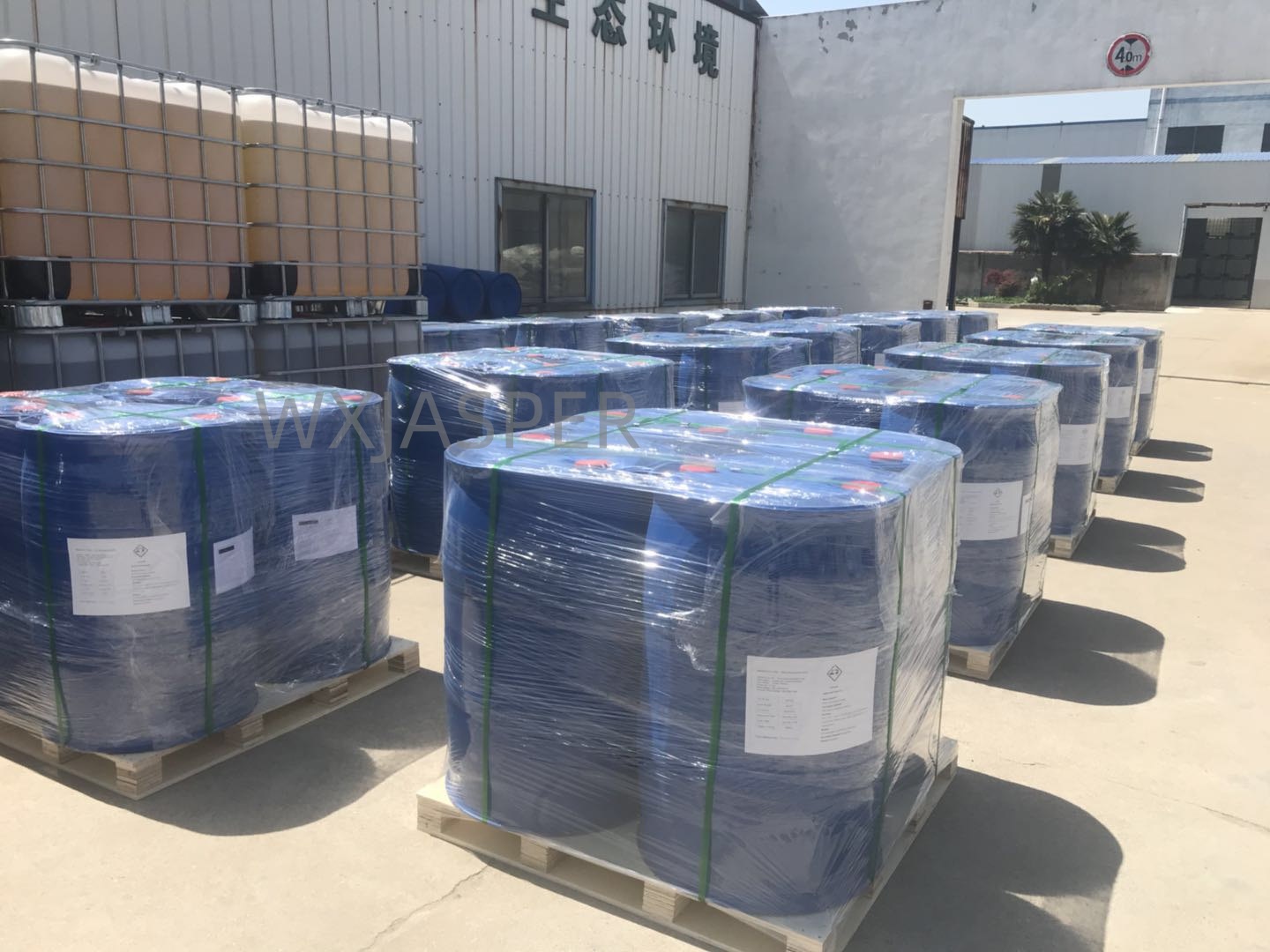


CasNo: 53633-54-8
MF: (C8H15NO2)x.(C6H9NO)y.(C4H10O4S)z
Appearance: liquid
Delivery Time: 15 days
Packing: 200kg/drum
Purity: 99%
|
Indicator |
Typical Value (Industrial/Cosmetic Grade) |
Description |
|
Appearance |
Colorless to pale yellow transparent viscous liquid (30%–50% solid content) or white to off-white powder (≥95% solid content) |
No visible impurities, ensuring no discoloration of end products. |
|
Solid Content |
30%–50% (liquid grade); ≥95% (solid grade) |
Liquid grade enables direct formulation; solid grade reduces storage/transport costs. |
|
Molar Ratio (PVP:DMAEMA) |
30:70 to 70:30 (customizable) |
Higher PVP ratio enhances film flexibility; higher DMAEMA ratio boosts cationic charge density. |
|
Quaternization Degree |
≥95% |
High quaternization ensures strong electrostatic adsorption (charge density: 1.5–3.0 meq/g) on negatively charged surfaces (e.g., hair cuticles). |
|
pH Value (1% aqueous solution, 25°C) |
5.5–7.5 |
Near-neutral, matching the pH range of human skin (4.5–6.5) and hair, avoiding irritation. |
|
Viscosity (25°C, Brookfield; 30% liquid grade) |
500–5,000 mPa·s |
Viscosity tailored to product type: Low viscosity for sprays; high viscosity for creams. |
|
Solubility |
Easily soluble in water, ethanol, propylene glycol, and other polar solvents; insoluble in non-polar solvents (e.g., hexane, benzene) |
Universal solubility simplifies blending in multi-solvent cosmetic/pharmaceutical formulations. |
|
Thermal Stability |
Decomposition temperature ≥200°C; stable for 6 months at 50°C (liquid grade) |
Resists degradation during high-temperature processing (e.g., cosmetic emulsion homogenization). |
|
Hygroscopicity |
Low (solid grade: absorbs ≤5% moisture at 60% RH, 25°C) |
Prevents caking in storage and maintains stability in humid environments. |